Around 7 years ago now, I decided to sit down and come up with a bucket list. I decided that there would be 100 items on that list and I knew, even before I began, that a lot of those items would involve traveling. In the last year I’ve been fortunate enough to cross 10 items off of that list, and I plan to be crossing off several more before 2015 ends. One of the things I’ve accomplished this year was our trip to Angkor National Park, which was the main reason we traveled to Cambodia for China’s May Holiday. Although I planned on finishing what I had to say (and show) about Angkor in 1 post, once I went through my pictures again, I realized that that would be impossible. There’s just too much to see and too much to tell to do it all in one post. So this will be part 1 of 2 on our stay in northern Cambodia, where we toured temples, met locals and visited a floating village.
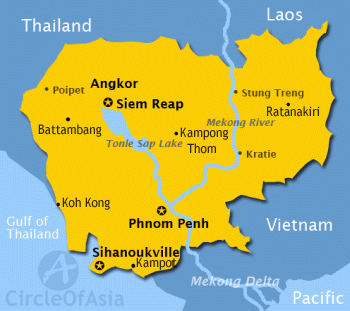
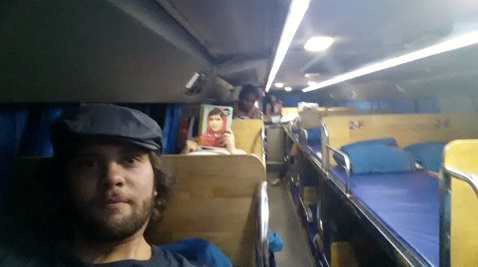

The Cambodian Empire
Angkor National Park is all that remains of the Kampuchea empire, which reigned for over South-East Asia for over 600 years. Covering parts of Thailand, Vietnam, Laos and even Burma, the Cambodian Empire was fierce and wealthy, and as such, its kings erected massive temples both in Cambodia and in its conquered lands. The most impressive group of those temples is near Siem Reap (named after a defeat against Thailand at that location), which is where we visited during our stay in Cambodia. Interestingly, during Kampuchea’s hay day, there was both Hindu and Buddhist influence in the area, so these temples vary quite a bit from one to the next, making Angkor National Park a fascinating visit.
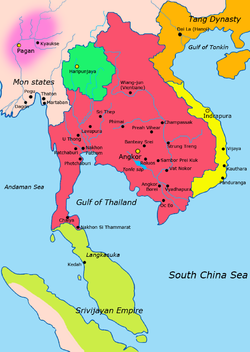
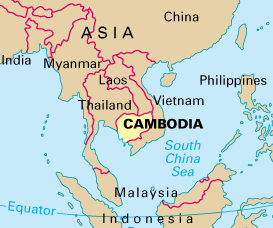
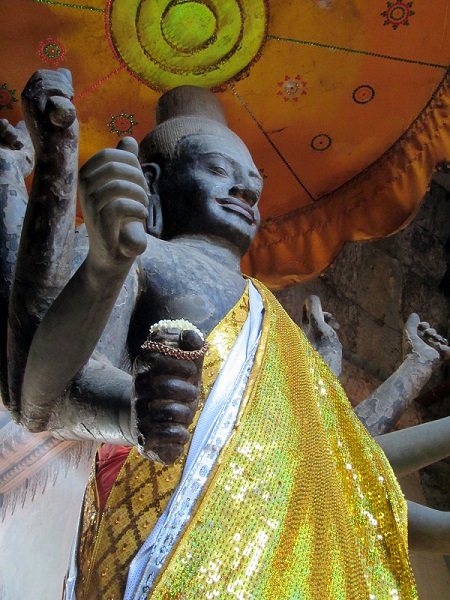
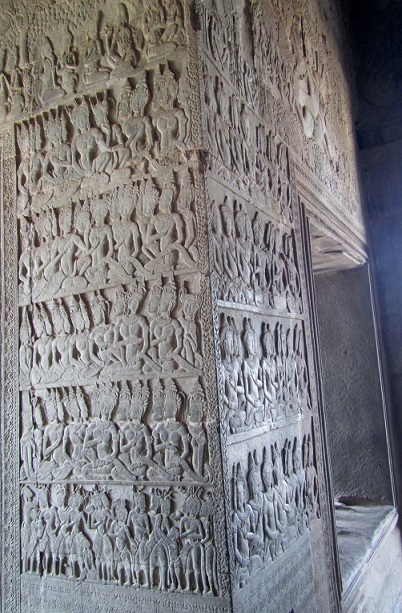
UNESCO World Heritage Site
Angkor National Park spans an area of over 400kms square and contains over 100 individual temples, ranging from Angkor Wat (an enormous temple with many buildings within its walls) to small ruins that are merely a wall left over from a previous sight that was destroyed.
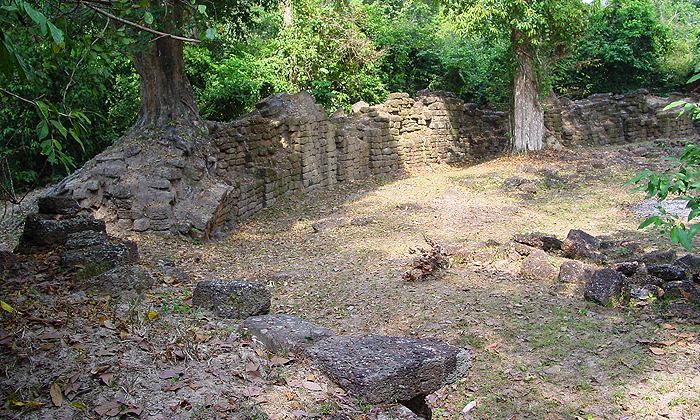
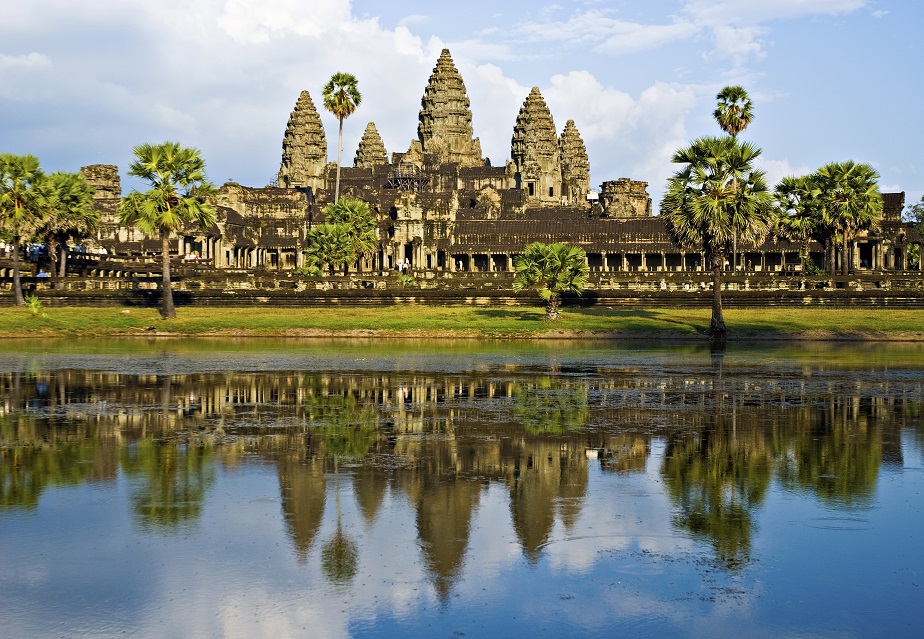
Written records weren’t kept at this point in history, and much of what we know about the 9th-15th centuries has come from Angkor Wat and it’s surrounding temples. Carvings in the stone, as well as refinements of past culture still remain in these spots and they’ve told archeologists a great deal about South East Asian history. As someone who studied classical Roman and Greek history in University, I found that aspect of the park to be enthralling. Because of its cultural relevance, Angkor National Park was made a UNESCO World Heritage Site, and it is preserved and has been repaired as a result. People flock from all over the world to see these sights, which are some of the most famous and awe inspiring temples in the world.
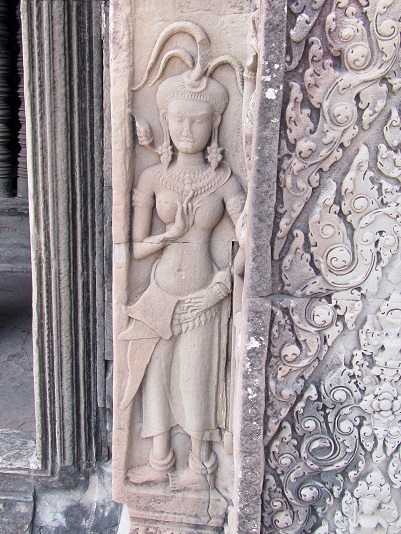
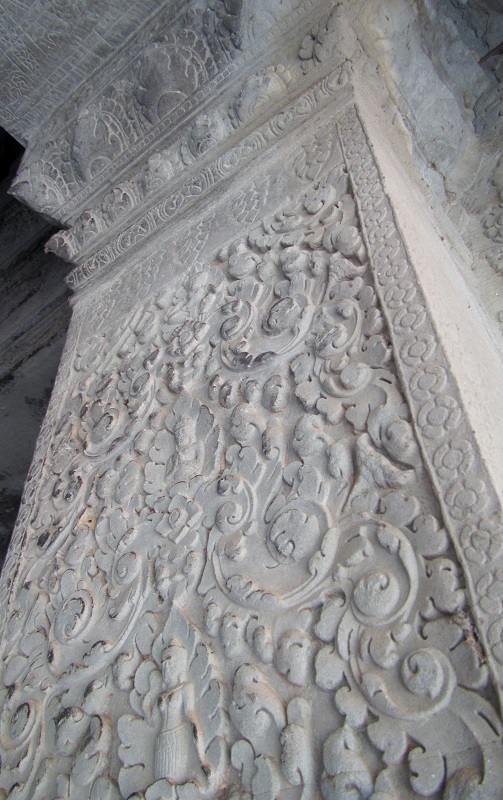
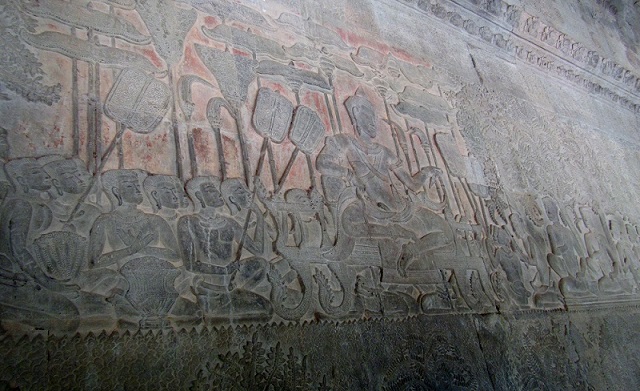
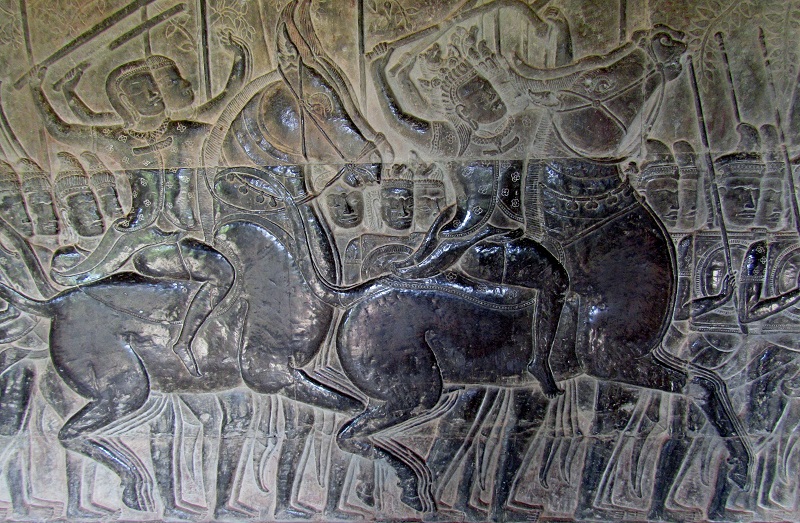
Angkor Wat
Our first stop in Siem Reap was Angkor Wat, the temple after which the national park was named. It spans 1km square and is the home to several libraries, halls and pools. It’s fared well against the test of time and has been restored through the years, where needed. We were lucky enough to visit Angkor Wat twice…I’ll be writing about our sunrise visit in my next post. Our first stop was a very hot one (the temperatures in Cambodia during the dry season go up to 40 degrees celcius…and stay there…all…day….long…), but well worth the trip. Our guide was a decent photographer too, so we even got pictures of the two of us in Angkor National Park, which was nice 🙂
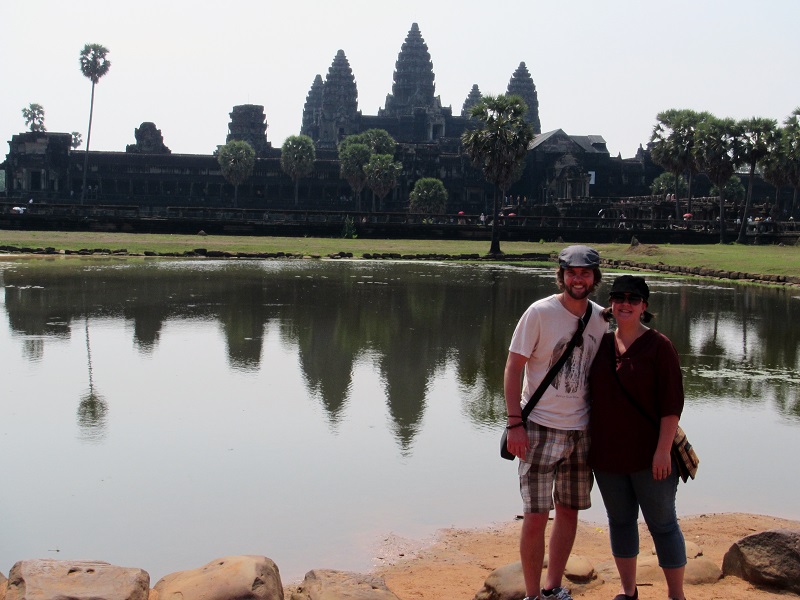
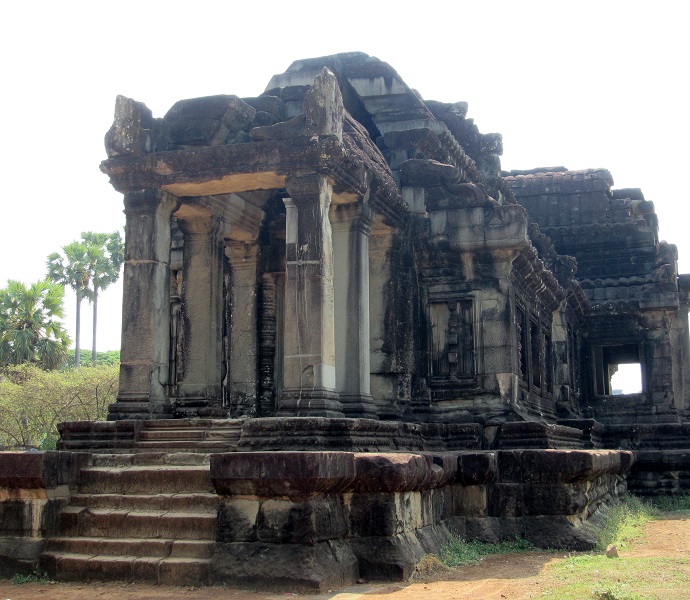
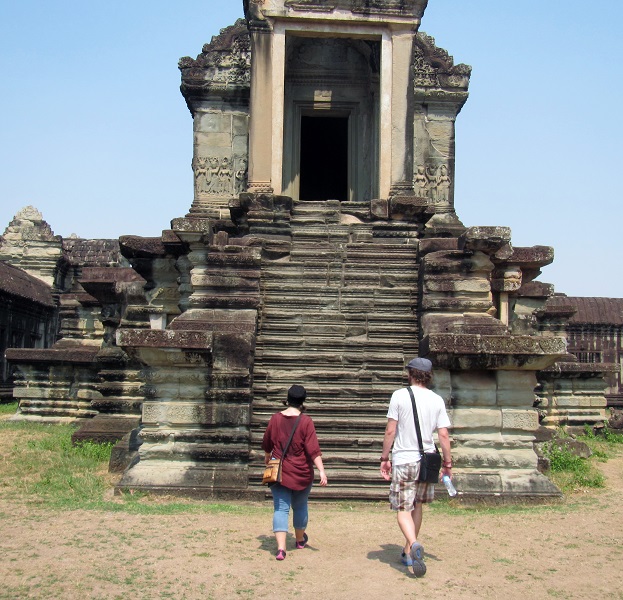
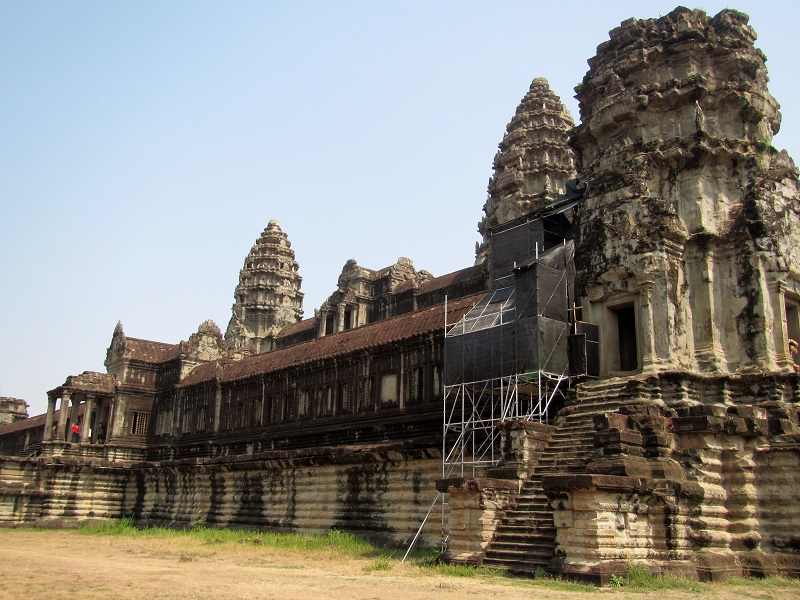
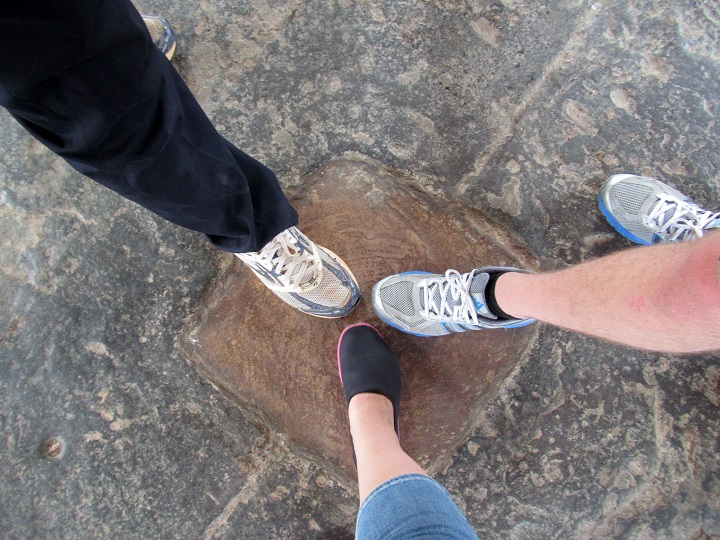
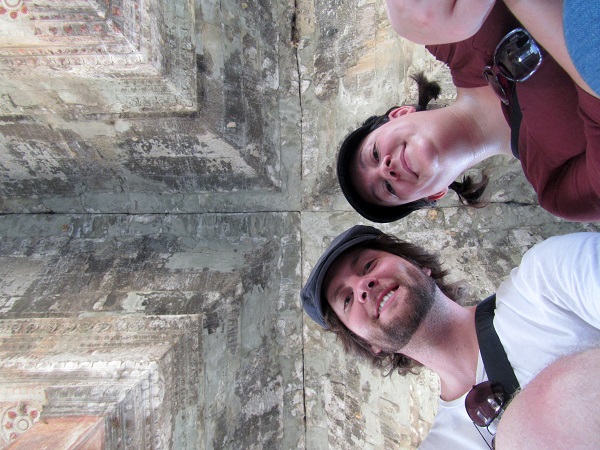
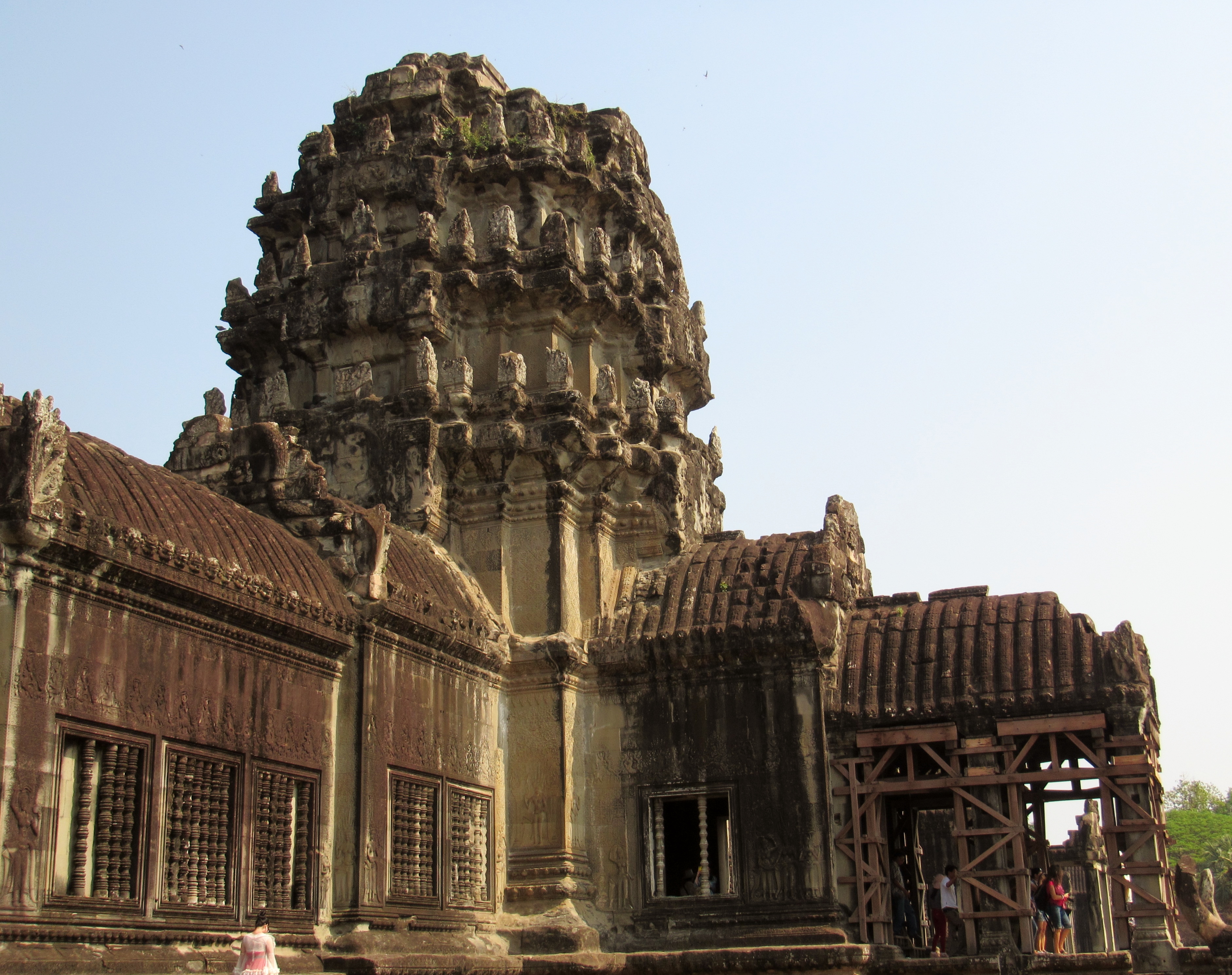
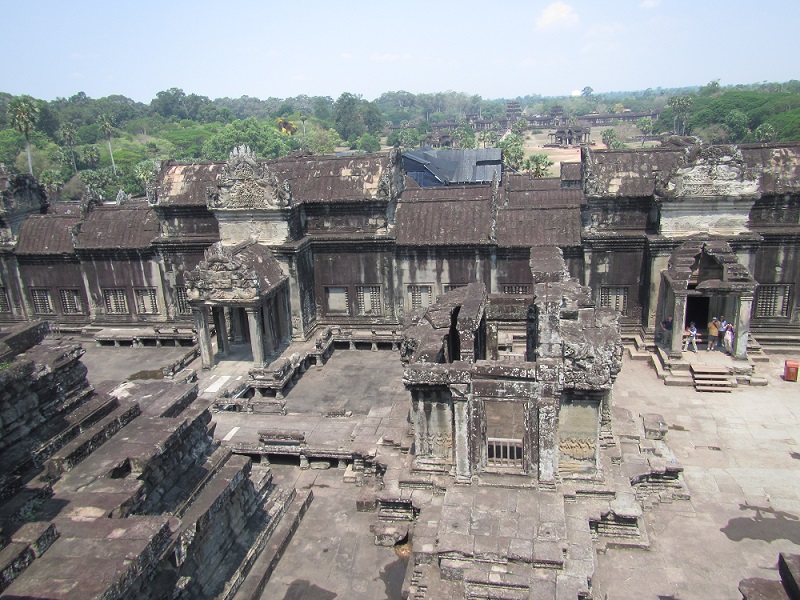
The heat definitely played a factor in our enjoyment of Angkor Wat (along with our guide’s underestimation of the amount of water we’d need…we ran out early…), but Dave was brilliant enough to make a video before we got too exhausted:
Ta Prohm
We left Angkor Wat and hopped into a nicely air conditioned van, where we enjoyed the rest of our iced coffees to cool down. Iced coffee is AMAZING in Cambodia!!! Instead of sugar, they use sweetened condensed milk, which gave it a nice flavor. Plus, they get their coffee from Vietnam, which has some of the world’s best :). My favorite part though…it’s served in a bag…
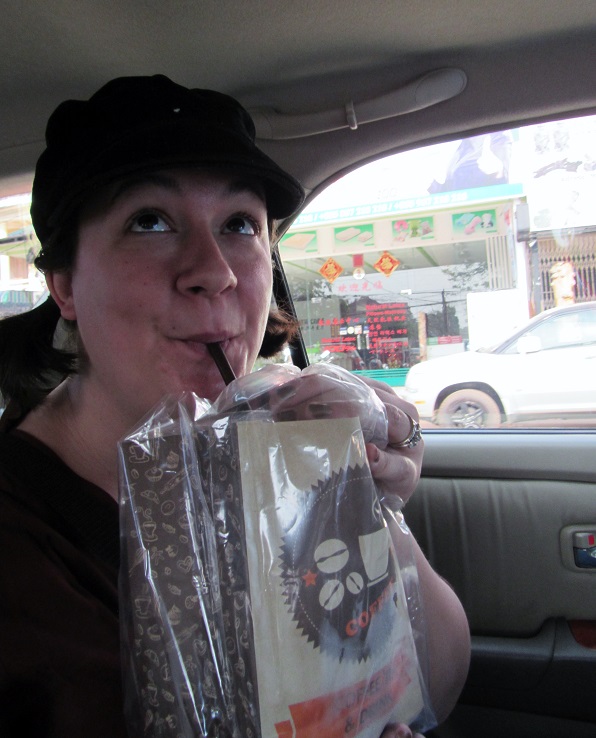
Ta Prohm is, without a doubt, one of the coolest looking places I’ve ever seen in my life. It was built in the late 12th – early 13th centuries and unlike Angkor Wat, which was built under a Hindu King, Ta Prohm was built primarily as a Buddhist school. What makes Ta Prohm so interesting though isn’t it’s Buddhist ties. The fact that the temple has been kept as it was found, wild and grown over by trees, makes it the perfect spot for photos.
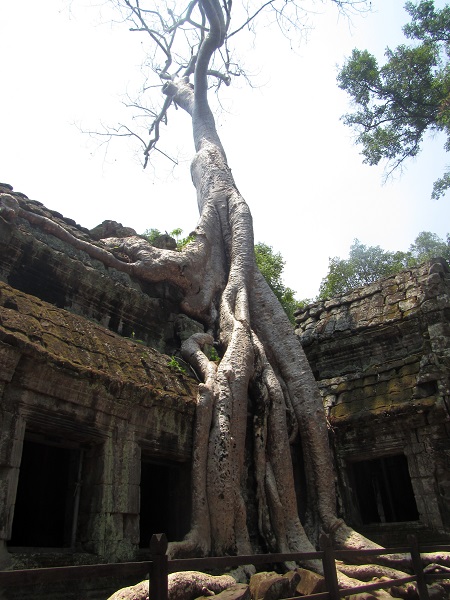
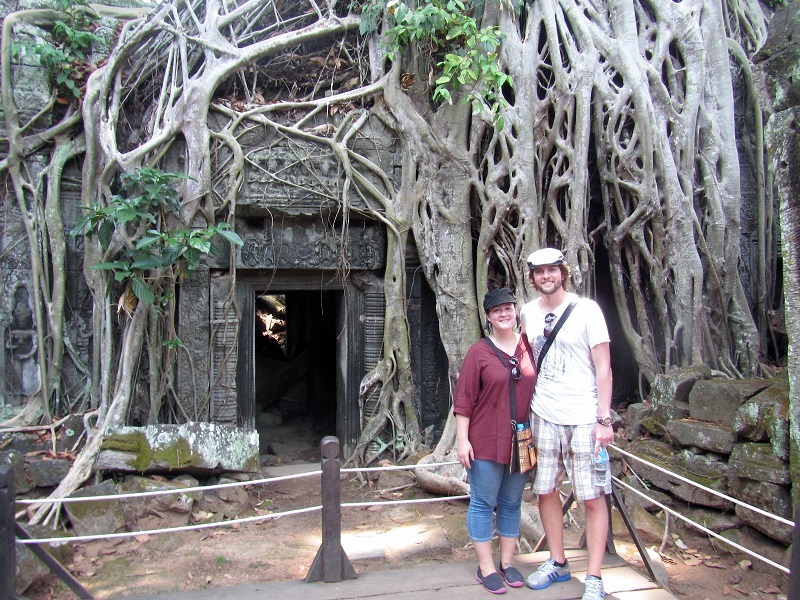
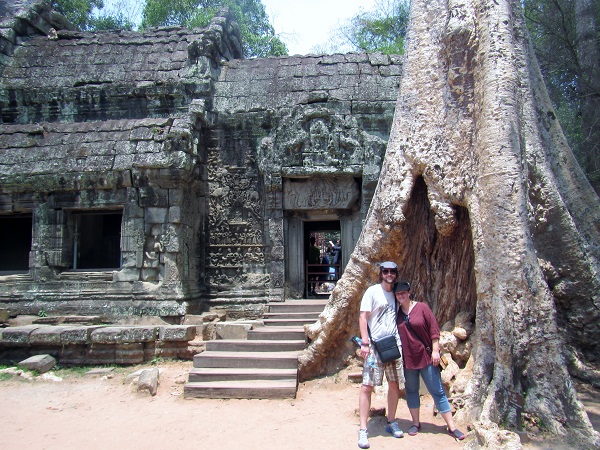
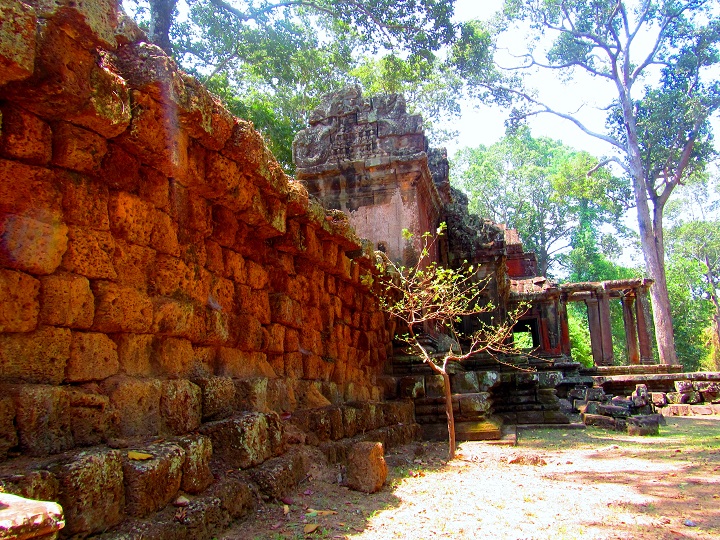
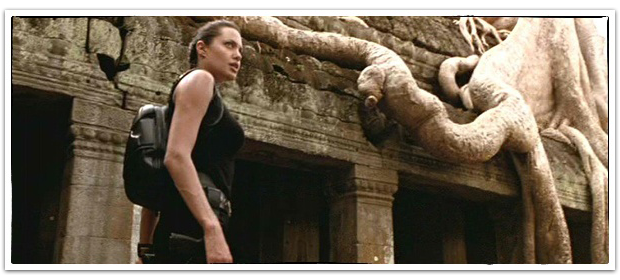
Ta Nei
Ta Nei is one of my favorite spots we visited. It was a long way away from all the other temples, (our driver had to go down some roads that looked like they were just walking paths in the middle of the jungle in order to get us there), but once we arrived, we saw why it was worth the trip.
Not only were there no other tourists there, but the sight is gorgeous! It’s definitely seen better days, and it hasn’t been restored the way Angkor Wat and Ta Prohm have been, but there is such a rawness to this old temple…I got some of my favorite pictures of the whole trip during this visit.
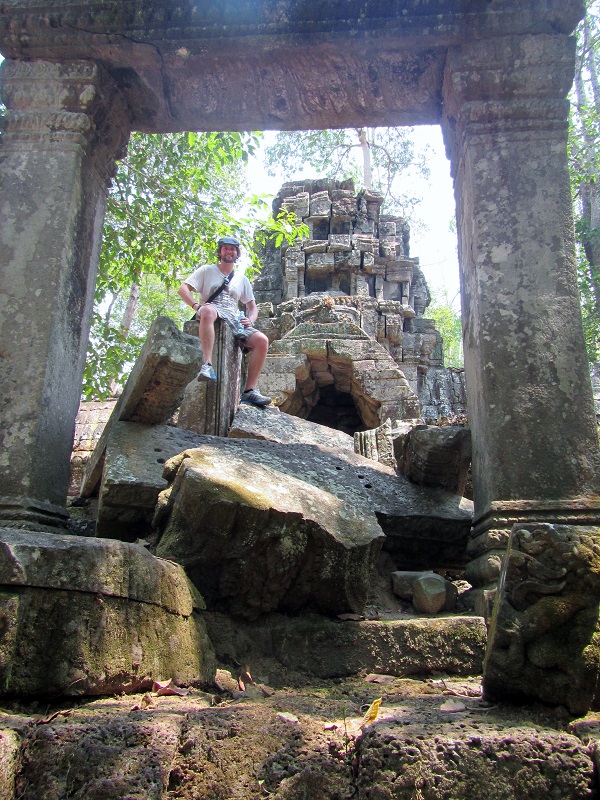
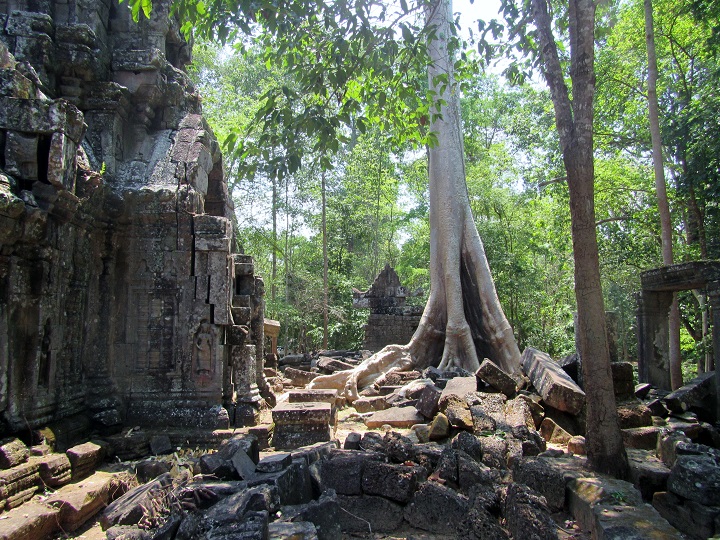
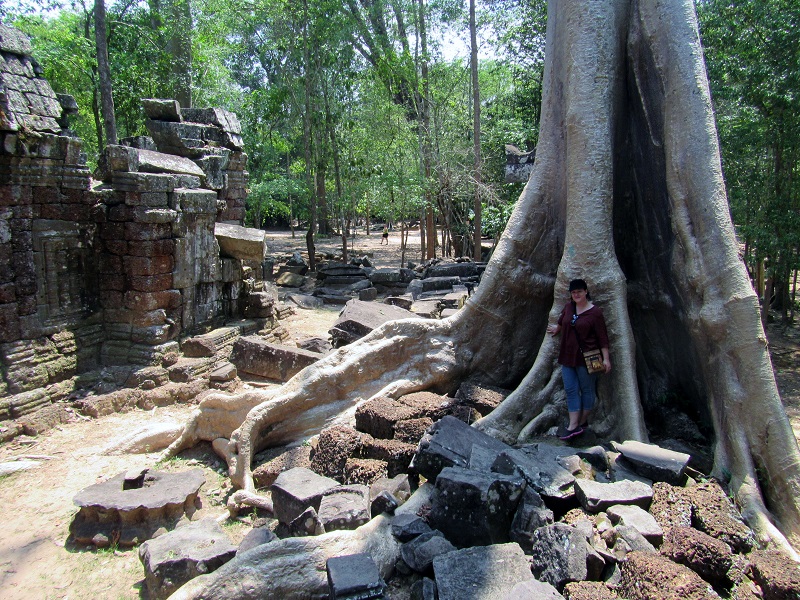
We loved this sight so much, we even remembered to take a video for it! I love how beautifully quiet it was there 🙂
Bayun (or Bayan) Temple
Our last stop on day one of our Siem Reap Tour was in Angkor Thom, the last (and longest enduring) city of the Cambodian Empire. Although there are several sights to see within Angkor Thom, Dave and I were suffering from pretty terrible heat exhaustion, so we only saw some of them from within the air conditioned vehicle. Our tour guide wanted to save our energy for Angkor Thom’s greatest masterpiece: Bayon Temple (I’ve also seen it spelled ‘Bayun’ Temple).
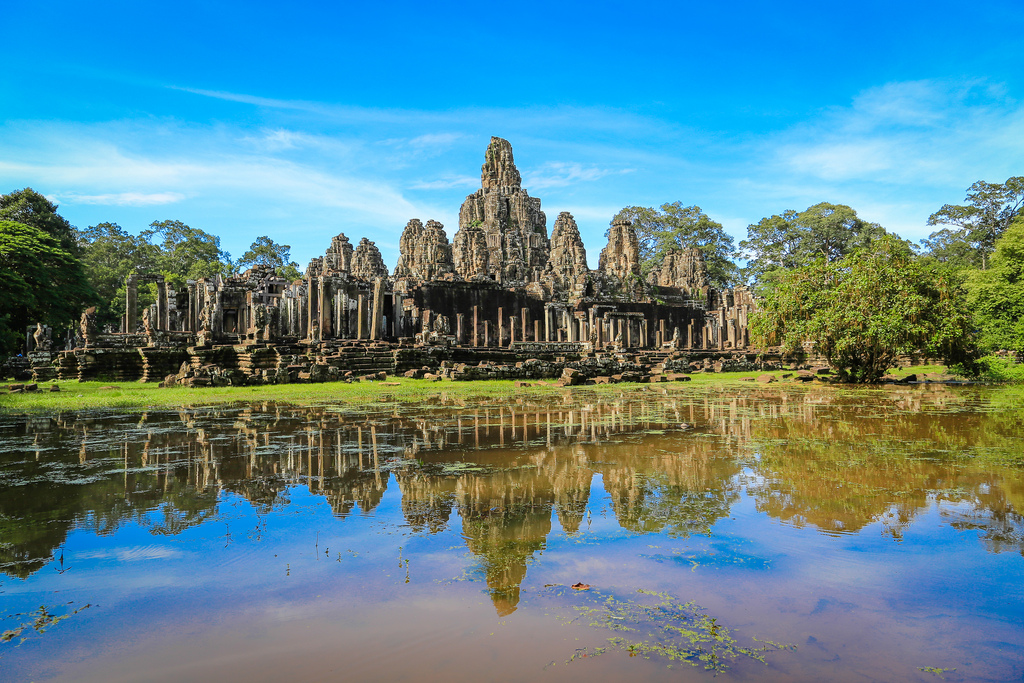
Built in the late 12th century, 100 years after the building of Angkor Wat (our first stop of the day), this is clearly a Buddhist temple. From afar, it is a beautiful sight to see, but when you see it up-close, you realize how fascinating this temple truly is.
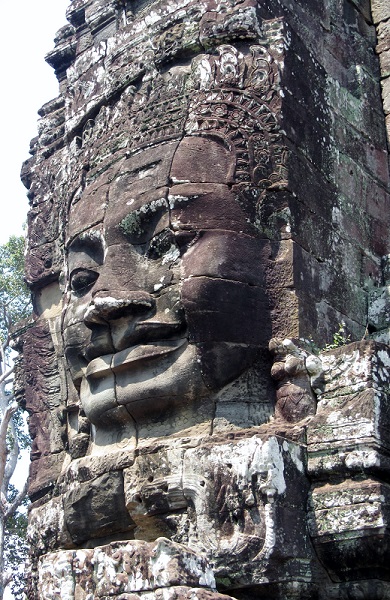
Each of Bayon’s 54 towers has a large face carved into each of its 4 sides. That means that this magnificent temple has a total of over 200 faces. It made for some incredible photos!!
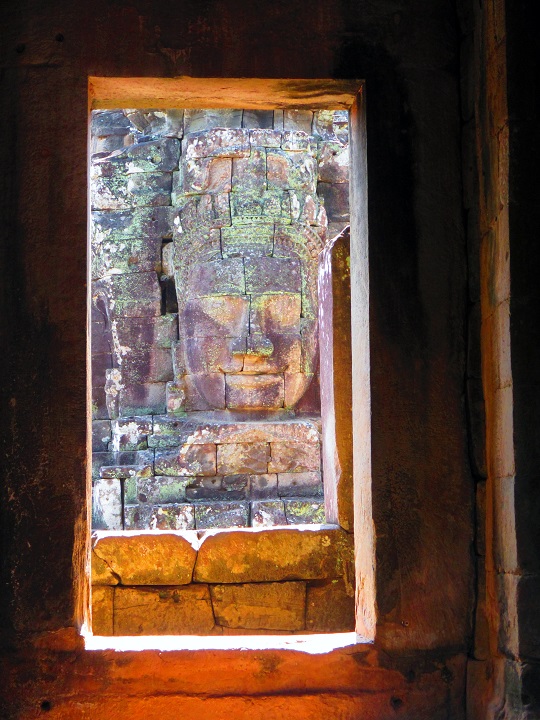
I should add that these faces are enormous…here is Dave and I standing directly in front of what is considered Bayon’s most beautiful Buddha.
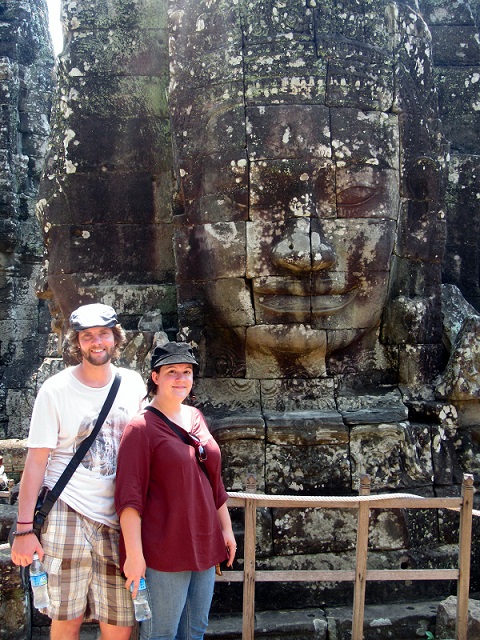 I was very happy to have a guide at this point, as he was able to point out some of the best shots. There were so many faces everywhere that I could have easily missed shots like these ones:
I was very happy to have a guide at this point, as he was able to point out some of the best shots. There were so many faces everywhere that I could have easily missed shots like these ones:
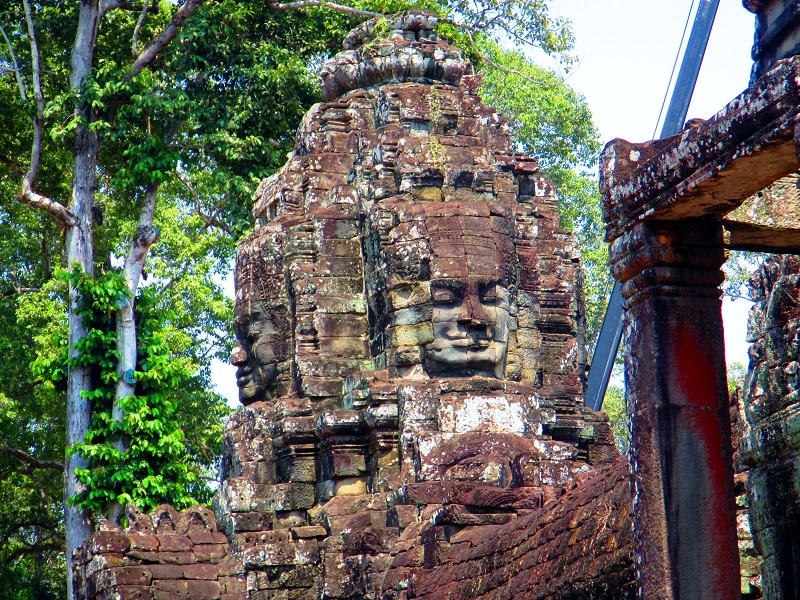
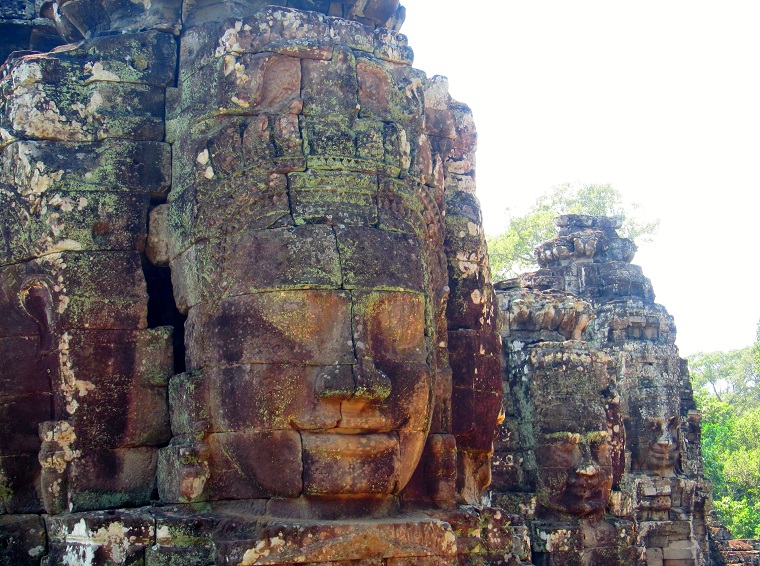 He also got some great pictures of the two of us. By the end of this part of the tour, we were both feeling like we did on our wedding day…tired of smiling! But it was all worth it in the end! I would have been devastated had I not gotten some of these pictures!!
He also got some great pictures of the two of us. By the end of this part of the tour, we were both feeling like we did on our wedding day…tired of smiling! But it was all worth it in the end! I would have been devastated had I not gotten some of these pictures!!
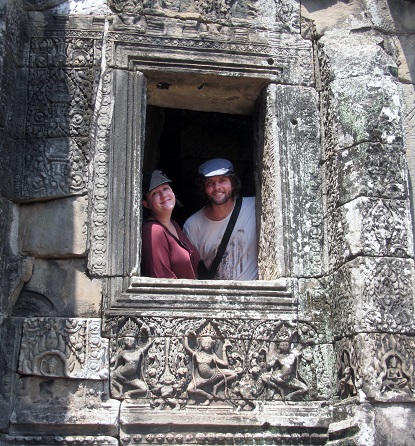
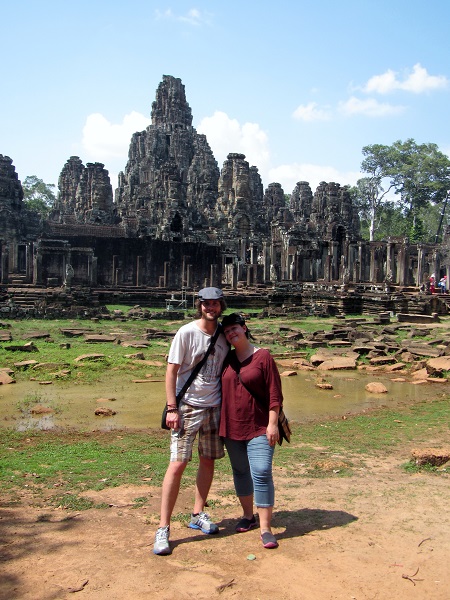
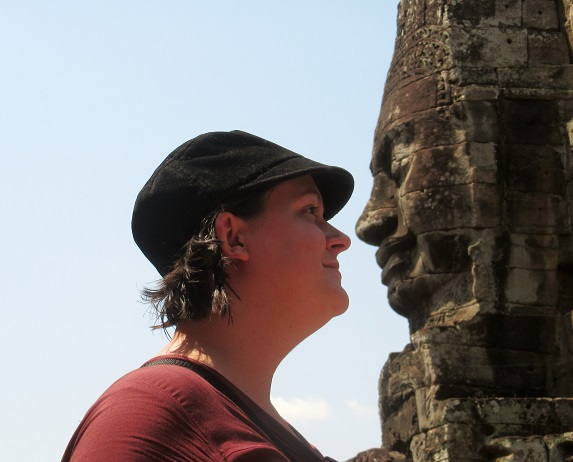
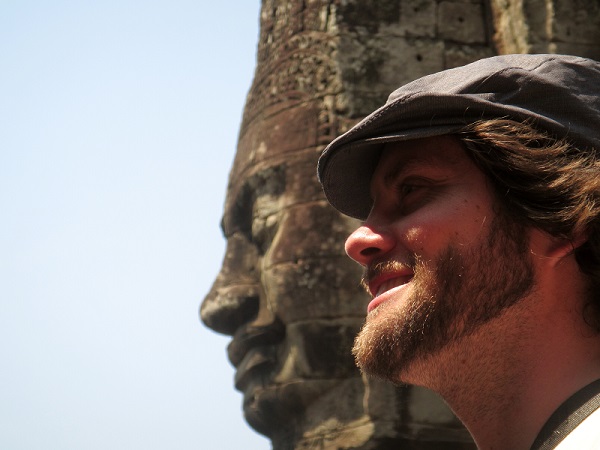
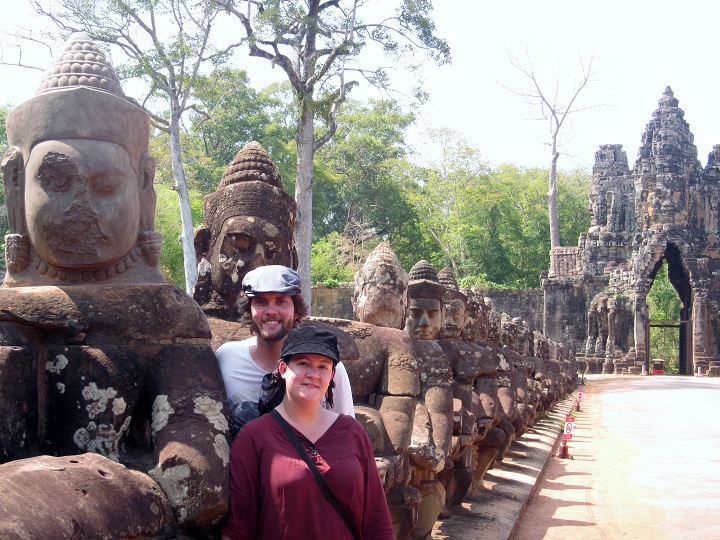
So that was day 1 of our Siem Reap stop. I’ll be back next week with Day 2, where we experienced Angkor Wat at sunrise, a floating fishing village and Cambodia’s beautiful ‘Lady’s Temple’.
Thanks for reading!!
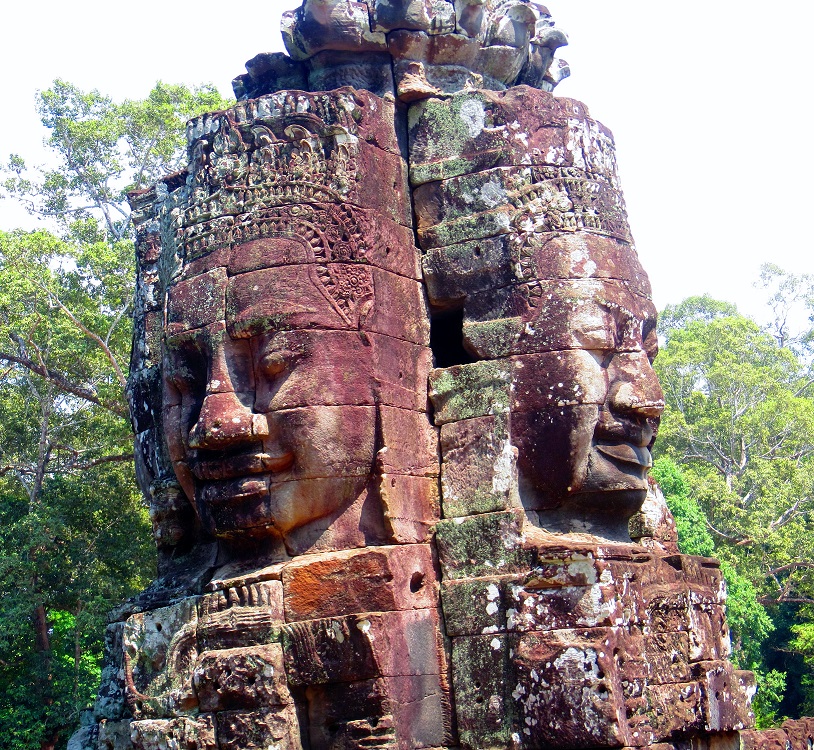
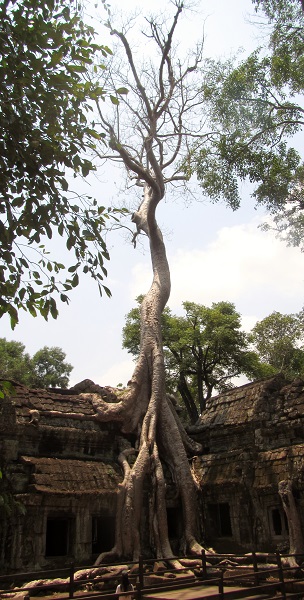
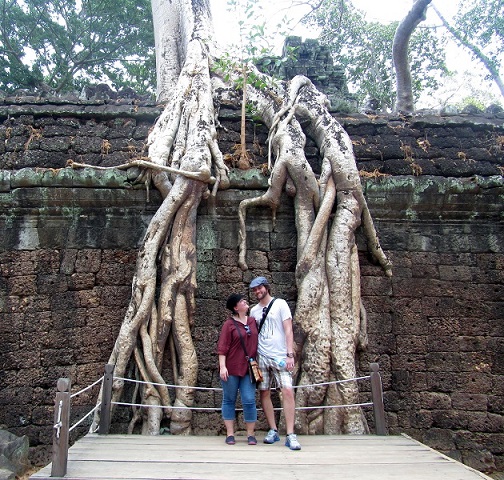
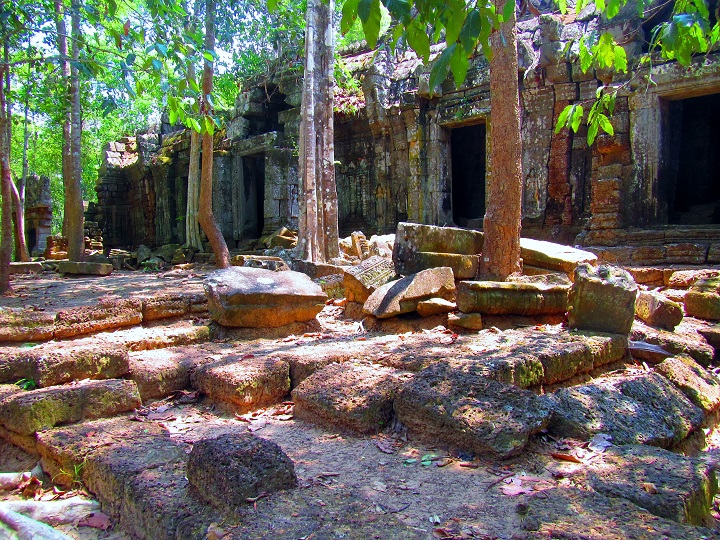
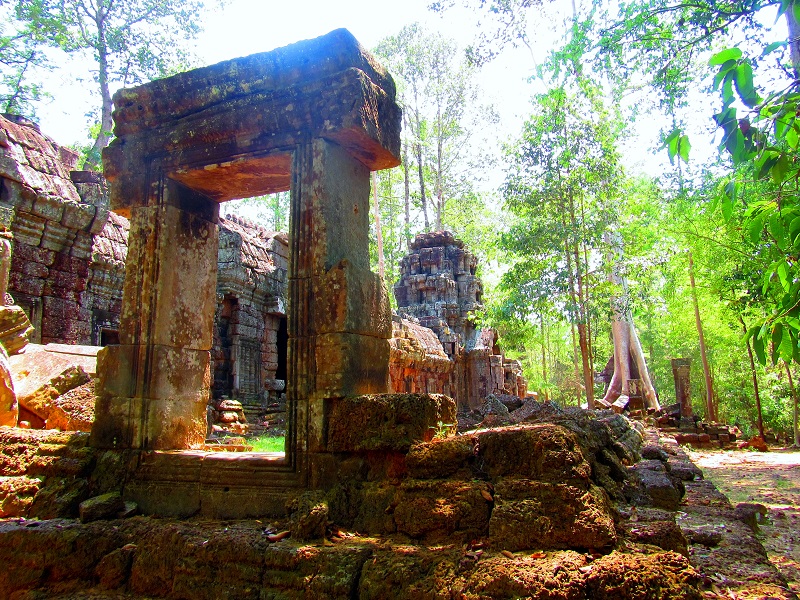
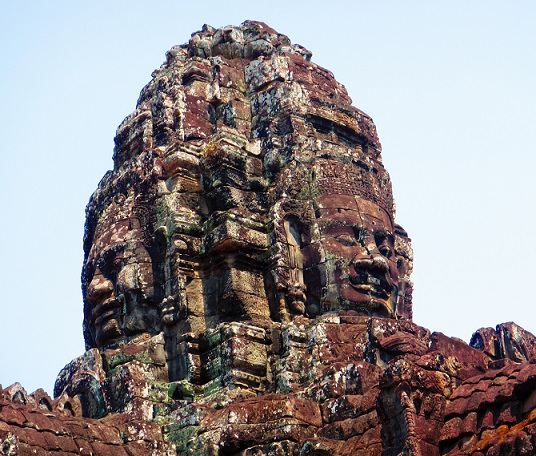
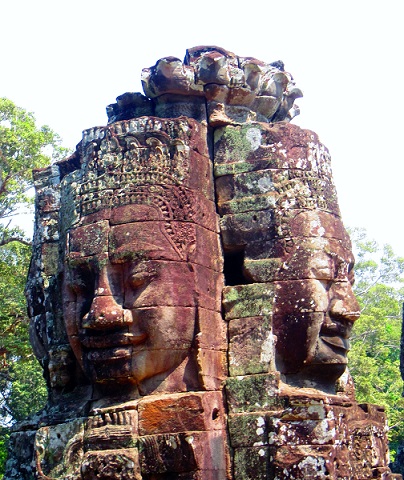
2 thoughts on “Angkor National Park – Cambodia’s Treasure (Part 1)”